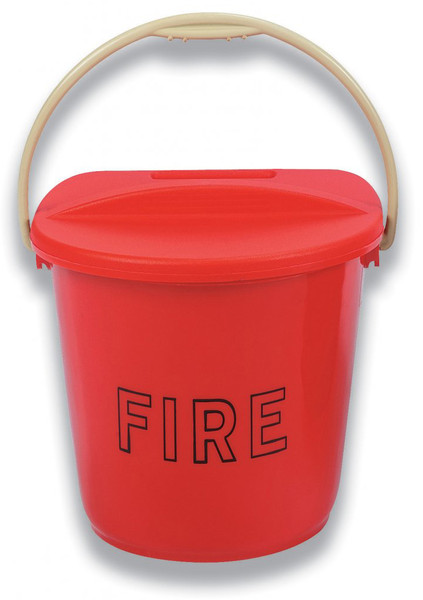

Oil fires are resistant to water, but small fires can be effectively extinguished when the sand in the bucket is dumped on the fire to starve it of the oxygen it needs to stay alight. They are also commonly found in hyperbaric chambers. Normally, they are hung on dedicated fire bucket stands and placed in prominent positions in rooms or corridors, next to ovens or barbecues, and in government accommodation such as army barrack blocks. The main advantages of fire buckets are that they are cheap, reliable, easy to use and can be quickly refilled and reinstated. Although largely superseded by more modern forms of firefighting equipment, they retain some distinct advantages and remain the preferred method for fighting small fires in certain situations.

The rounded-bottom bucket is far more efficient in launching the water at the fire than a flat bottom bucket.įire buckets are a low-technology method of fighting small fires. The rounded bottom results in a strong, directed stream of water when the water is thrown at the fire. Often they have a convex, protruding bottom. Typically, fire buckets are painted bright red and have the word fire stencilled on them. Fire buckets hung on the wall of a railway station in Holt, EnglandĪ fire bucket is a bucket filled with water or sand which is used to prevent or extinguish fires.


 0 kommentar(er)
0 kommentar(er)
